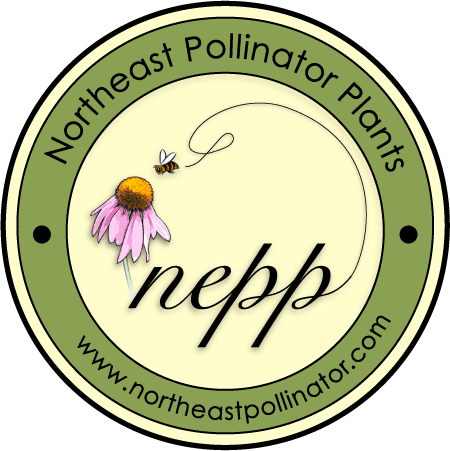Resources for Pollinator Advocates
Becoming an Informed Advocate
Websites/Organizations
The Xerces Society's Pollinator Conservation Program offers practical advice on the conservation of pollinator insects. They offer many informative books, pamphlets and Pollinator Habitat signs for your garden. http://www.Xerces.org,

The Pollinator Partnership is a non-profit advocacy organization promoting pollinator habitat and responsible for several important initiatives: NAPPC (North American Pollinator Protection Campaign), S.H.A.R.E., National Pollinator Week, and the Ecoregional Planting Guides. http://www.pollinator.org/
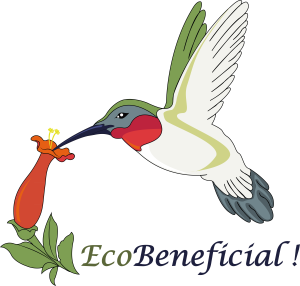
EcoBenefical!, Kim Eierman, creates super-informative videos promoting ecological landscaping. Here's a link to her web-site and some videos she did on our farm. http://www.ecobeneficial.com/
Interview with Jane regarding letting land return to a meadow for pollinators: http://www.ecobeneficial.com/videos/eco-lessons-from-the-farm-meadows-for-pollinators/
Interview with Jane regarding Organic Farm with Non-GMO Corn and Pollinators: https://www.youtube.com/watch?v=ziKVKvo_Aco
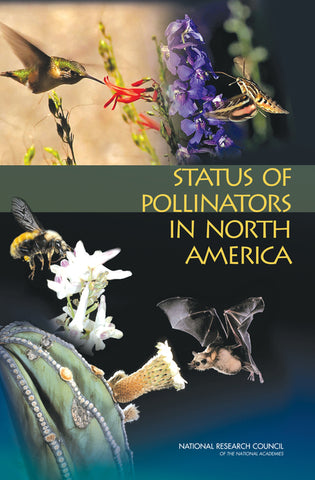
National Academy of Sciences, Status of Pollinators in North America, 2007, can read on-line or download pdf. I've tried repeatedly to order the book, but it doesn't ever arrive, so maybe don't bother. Not so much the status or pollinators, but more the status of our knowledge, which is limited. This report was and is an important catalyze for pollinator research funding and the 2008 Farm Bill including pollinators. http://www.nap.edu/read/11761/chapter/1

NRCS (Natural Resources Conservation Services), a division of USDA (US Dept. of Agriculture) is the most important government agency addressing pollinator habitat enhancement on farms and home landscapes. This link connects directly to NRCS Insects & Pollinators. http://www.nrcs.usda.gov/wps/portal/nrcs/main/national/plantsanimals/pollinate/
Websites/Grass Roots Individuals
Native Plants & Wildlife Gardens, a shared blog from many informed and passionate advocates from all over the country. A delightful and informative blog. Join it!
http://nativeplantwildlifegarden.com/

Restoring the Landscape, Heather Holm's website, author of Pollinators of Native Plants, see below.
http://www.restoringthelandscape.com
Books for Becoming an Informed Advocate

Stephen Buchmann and Gary Paul Nabhan, The Forgotten Pollinators, 1996, Island Press. This VERY important and early book was really the Silent Spring book of the pollinator advocacy movement. It has taken years from the publishing of this book before the general public has taken notice. If you haven't read this book, do so, at least out of respect of the first voices to bring the plight of the pollinators to the public attention.


Douglas Tallamy, Bringing Nature Home, 2009, and Nature's Best Hope, 2019, Timber Press These VERY important books brinf a simple and clear research-based argument for planting native plants and how to transform you landscape to a habitat for wildlife. Tallamy is directly responsible for many native plant advocates to come out of the closet. The bottom line, native insects and native plants have a long co-evolutionary history; many native insects simply can't survive on non-native plants. Celebrate a slightly chewed leaf and ask, wow, who's eating that, and know you are keeping your landscape alive. Meanwhile, a landscape of non-native plants is likely supporting a lively population of non-native insects, like Japanese beetles.
![]()
Eric Mader, et al, Attracting Native Pollinators, 2011, Storey Press. This really, really important, informative book from Xerces Society, covers all the basics from who are the pollinators, the threats, and strategies to help. Get this book.
Selecting Plants for Pollinators
Websites for Selecting Plants
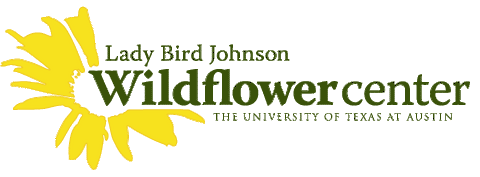
Lady Bird Johnson Wildflower Center partnered with Xerces Society to establish an interactive data base of plants that are of special value to native bees and bumblebees. To get there, click on the link below, click on the tab "Native Plants", scroll and click on "Special Collections", scroll to "Value to Beneficial Insects", click on "Special Value to Native Bees", from there you can narrow your search by state, plant habits, lifespan, light requirements, soil moisture, etc. Repeat for "Special Value to Bumblebees" and "Nesting Material for Bees". Quite the resource! http://www.wildflower.org/plants,

Pollinator-friendly planting guides by eco-regions, funded by the National Fish and Wildlife Foundation, the C.S. Fund, the Plant Conservation Alliance, the U.S. Forest Service and the Bureau of Land Management with oversight by the Pollinator Partnership, in support of the North American Pollinator Protection Campaign. http://pollinator.org/guides


Biota of North America Program/North America Plant Atlas (BONAP/NAPA) excellent website for checking the native status and distribution of native and naturalized plants in the United States. The maps are being updated to the county level. One note, when using the county level, the dark green color used for the whole sate is just a "background" color, it doesn't mean the plant is native to the state. Instead you need to pay attention to the county colors. There is a color guide to help decipher the meaning. http://bonap.net/Napa/Genus/Traditional/County

Missouri Botanical Garden Plant Finder website. I know, Missouri as a resource for New England/New York plants? But, really, this website is one of the best for concise and accurate information on plants, particularly native plants, including those of our region. http://www.missouribotanicalgarden.org/plantfinder/plantfindersearch.aspx
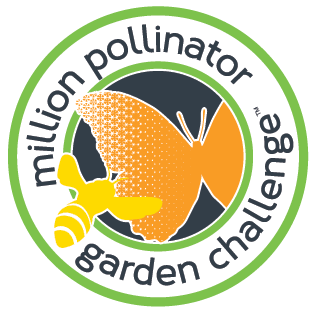
Million Pollinator Gardens Campaign is a collaborative effort by several organizations to promote the installation of pollinator habitats. After you have your garden planted, hit this site and register your garden. http://millionpollinatorgardens.org/
Books for Selecting Plants
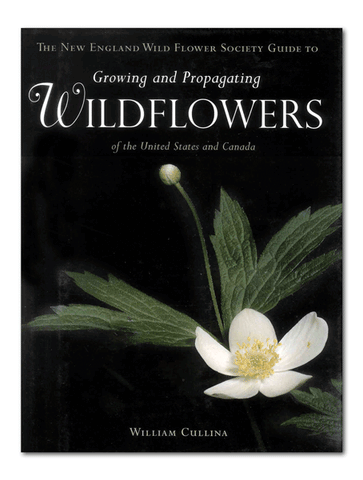
William Cullina, Wildflowers: A Guide to Growing and Propagating Native Flowers of North America, 2000, The New England Wildflower Society. An excellent book, well-researched, Mr. Cullina shares his unabashed opinion and extensive experience with each native plant.
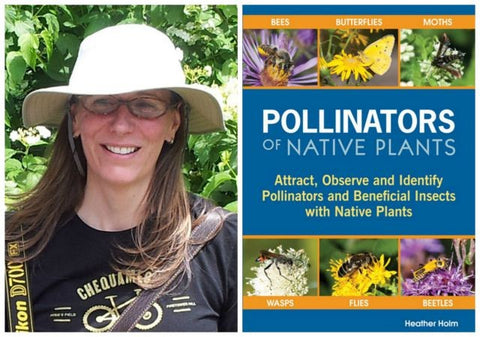
Heather Holm, Pollinators of Native Plants, 2014, Pollination Press LL. An exciting publication from a landscape designer who spent years observing and photographing insect/native plant interactions and wrote this incredible book. A great resource which should be on anyone's book shelf who has any interest in gardening; you'll be convinced to include pollinator habitat. Though her work is in Minnesota, many of the plants and insects are relevant to the New England/New York region.

Donald Leopold, Native Plants of the Northeast, 2005, Timber Press. An important book covering not just native perennials, but includes all the native plant growth habits. Though perennials are the most important source of pollen and nectar for pollinators, tree, shrubs and vines are very important for extending the season, larval host plants and providing alternate foraging.

Catherine Zimmerman, Meadows: Bringing Meadowscaping to Big and Small Spaces, 2010, Matrix Media Press. A wonderful small but concise book on meadow design, installation and maintenance with regional plant lists. Meadows are an excellent option for creating pollinator habitat and can be planted from seed on a larger scale or naturalizing plants on a smaller scale.
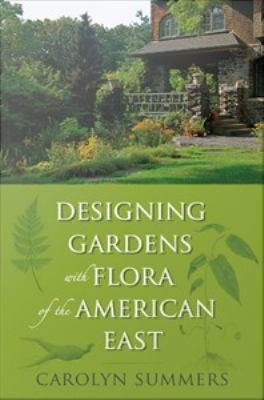
Carolyn Summers, Designing Plants with Flora of the American East, 2010, Rutgers University Press. Ms. Summers displays her direct experience in designing, installing and maintaing landscape with native plants. A good read and resource.

Henk Gerritsen and Piet Oudolf, Dream Plants for the Natural Garden, 2000, Timber Press. If you are not familiar with Piet Oudolf's work, do a quick images/web-search of his name and be prepared to fall in love. Such gorgeous swaths of perennials, it will take your breath. This book includes his extensive experience of working with plants, identifying which are long-lasting and which are "playful", or naturalizing, many of which are great native pollinator plants.
Staying Up-To-Date
Websites/Universities

Penn. State U. Center for Pollinator Research, one of the largest university collaborative group of faculty, including entomologists, biologists, plant and soil scientists, and landscape architects, joining forces to create an impressive website loaded with up to date pollinator research links. http://ento.psu.edu/pollinators

Rachel Winfree, Winfree Lab, Rutgers University, is one of my favorite researchers to follow, as she is very much an applied-researcher, with a focus on agriculture pollinator habitat enhancement. http://winfreelab.rutgers.edu/

Samantha Alger, The Vermont Bee Lab, is a research and outreach laboratory located at the University of Vermont, dedicated to the protection of pollinators through research, education and outreach. https://vermontbeelab.com/

Jane Sorensen, UVM, Plant and Soil Science (retired), farmer, River Berry Farm, owner, Northeast Pollinator Plants, coordinator, Northeast Wild Seed Collectors. (This would be me...). Here's a link to a segment on the Vermont "UVM Extension's Across the Fence" episode, advance to the 10 minute mark to the part of Jane discussing pollinators, (or watch through the loon segment).
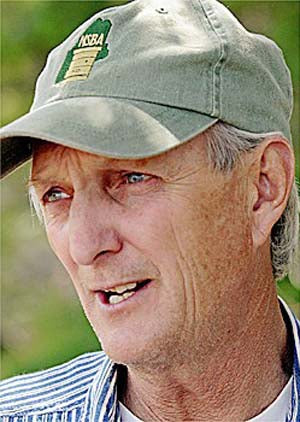
Frank Drummond, U. of Maine, has a long history of researching pollinators in low-bush blueberries, long before it was a trend... Look for opportunities to hear about his work in his occasional lectures around the region and webinars. http://articles.extension.org/pages/70094/frank-drummond-the-university-of-maine

Cornell University Extension website with a focus on wild pollinators, tends to be agriculturally oriented but definitely stuff that can be adjusted for the the home gardener. Can follow on Facebook and Twitter. http://www.beeccdcap.uga.edu/http://entomology.cals.cornel.edu/extension/wild-pollinators
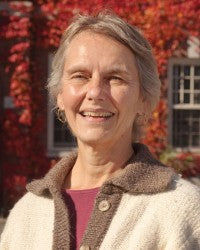
Lois Berg Stack, U. Maine Extension, works with the nursery industry and home gardeners, developing educational material and is rather knowledgeable on pollinator habitat. http://umaine.edu/pse/faculty-directory/berg-stack/
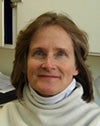
Anne Averill, U. Mass, researches insect/plant interactions with a focus on declining bumblebee species and cranberry pests. http://eco.umass.edu/people/faculty/averill-anne/

A multi-state working group across Northern New England, largely university and extension, assessing research and issues regarding pollinator habitat. http://www.northeastipm.org/working-groups/pollinator/,

Managed Pollinator CAP 15 Universities coordinating efforts on managed pollinators. This is largely about the plight of honeybees and research efforts to identify the causes of decline and potential management solutions. http://www.beeccdcap.uga.edu/
Local Ecotype Seeds for Growing Your Own Plants
Edgewood Nursery, Falmouth ME, a small plant nursery focused on unusual edible/medicinal plants and offers local ecotype seeds. https://edgewood-nursery.com/
Eco59, CT, is a collective effort among local farmers to produce and sell seed crops of native plants. https://www.eco59.com/
Please let me know if you should be included in this list! plants@northeastpollinator.com
